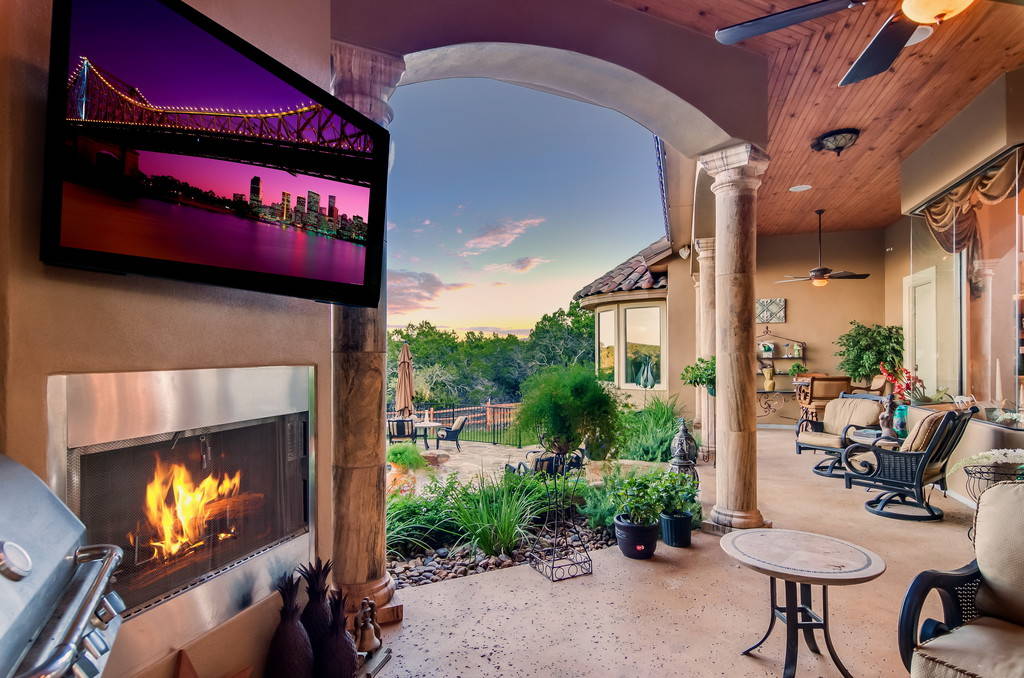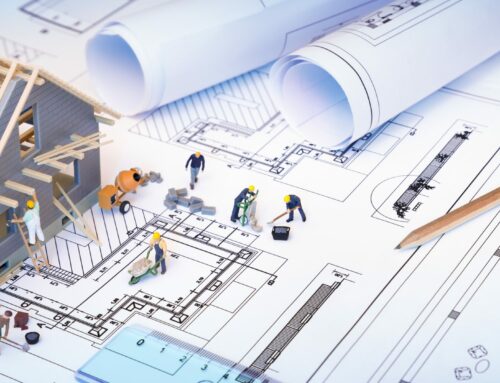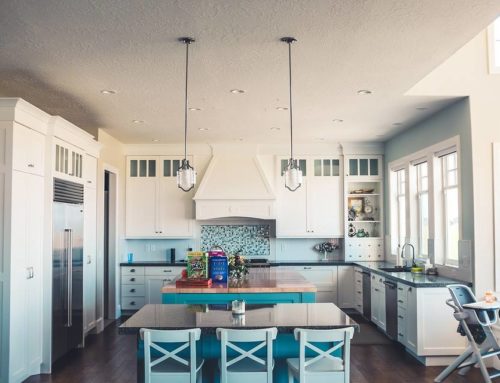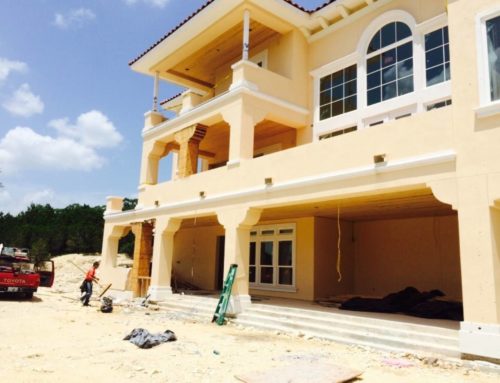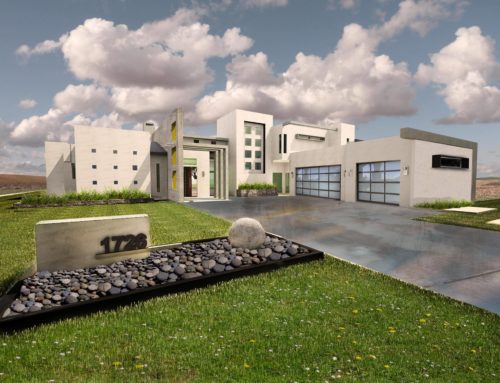Although none of us want to admit it, we are all getting older, and as my wife will tell you, I’m getting older much faster than she is! Without exception, we all age and this universal truth has given rise to the term “Aging-in-Place”. But what does that mean? Simply put, Aging-in-Place is meeting the needs and wants that develop as we age. Because we all age, aging-in-place is pertinent to everyone no matter how old or young we are. With that in mind, aging-in-place can be divided into three segments that accommodate us all.
- Aging in Place without urgent needs: This segment comprises the majority of the population and has two groups; procrastinators and planners. Procrastinators struggle to anticipate their future needs, they refuse to admit a need may arise, and will likely do nothing until a crisis forces them to act. Planners on the other hand are in good health but see a friend who is experiencing disability, or want to provide accommodation for aging loved ones. Some may simply never want to move again. So they take steps to prepare their home for the future.
- Aging in Place with progressive condition-based needs: This is the segment most people associate with Aging-in-Place. These are people that have disabilities that present barriers in their daily living. The elimination of those barriers requires work and planning.
- Aging in Place with traumatic change needs: This segment represents people who have recently experienced an abrupt or dramatic change in their health that may or may not be age related. The barriers that occur as a result require immediate changes to a home to allow the individual to remain there.
No matter which segment you fall under and what needs you have or anticipate, the underlying solution to those needs is a home designed and built to eliminate barriers. This is accomplished by different design strategies that typically include: adaptable, accessible, visitable, and/or universal design.
Because aging-in-place is often associated with wheel chairs and portable toilets, understanding that these design strategies provide solutions that don’t leave a home looking like a hospital is important. A Certified Aging in Place Specialist (CAPS) can help you evaluate your needs and create an effective design strategy based on your needs and resources. These specialists may be designers, builders, or even physical therapists but their expertise and experience can be invaluable in eliminating barriers in your home now, as well as those that may occur in the future.
When designing and building a home, Aging-in-Place should be an important consideration because while you may not have urgent needs, recognizing and planning for your future needs will allow you to live in your home comfortably and barrier free.

